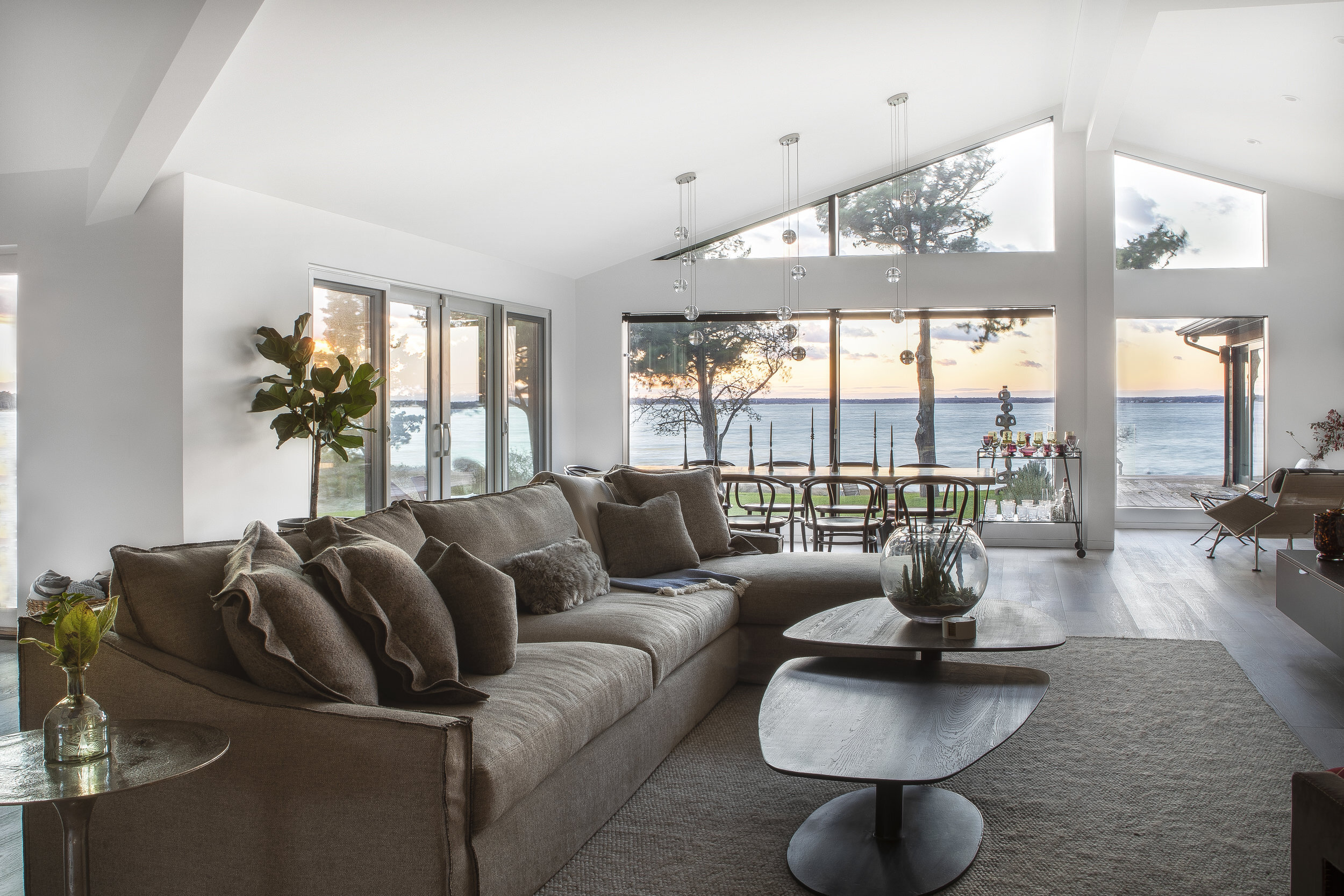The History of the Chandelier
For centuries, the chandelier has been a symbol of elegance and luxury. The word “chandelier” comes from the French word “chandelle,” which means “candlestick.” Early chandeliers were simply wooden or metal frames with candles attached, suspended from the ceiling. But as technology advanced and electricity became more widely available, chandeliers evolved into the dazzling, intricate fixtures we know today.
Chandeliers became especially popular in Europe during the Baroque era, which lasted from the 17th to the mid-18th century. Baroque chandeliers were ornate, often featuring elaborate crystal or glass designs. The popularity of chandeliers continued to grow throughout the 19th century, as new materials and techniques allowed for even more intricate and decorative designs.
The Beauty of the Chandelier
Today, chandeliers are still beloved for their beauty and elegance. A well-placed chandelier can transform a room, adding drama and sophistication. Whether made of crystal, glass, metal, or other materials, chandeliers are often designed to be both striking and functional, providing both light and artistry.
One of the most appealing aspects of chandeliers is their versatility. Chandeliers come in a wide variety of sizes, styles, and shapes, so there is a chandelier to suit nearly any space and décor. From the simplest brushed nickel design to the most elaborate crystal masterpiece, chandeliers can be used in living rooms, dining rooms, bedrooms, foyers, and more.
The Benefits of a Chandelier
Aside from their beauty, chandeliers offer several practical benefits. First and foremost, they provide excellent lighting. In fact, a chandelier can often provide all the light needed in a room, eliminating the need for other light sources. And because chandeliers hang from the ceiling, they don’t take up valuable floor or table space, making them an ideal choice for smaller rooms.
Chandeliers also help to create a focal point in a room, drawing the eye upward and adding visual interest. And because chandeliers come in so many different styles, they can be used to accentuate or complement other design elements in a space. For example, a crystal chandelier can add sparkle and glamour to a modern, minimalist dining room, while a wrought-iron chandelier can complement the rustic charm of a farmhouse kitchen.
The Future of the Chandelier
As technology continues to evolve, it’s likely that chandelier designs will continue to change as well. Today’s chandeliers can be outfitted with everything from Bluetooth speakers to remote controls, making them even more functional and convenient. And as new materials and manufacturing techniques are developed, we can expect to see even more imaginative and innovative chandelier designs in the years to come.
But no matter how chandeliers evolve over time, one thing is certain: they will always be a symbol of elegance, luxury, and timeless beauty.

